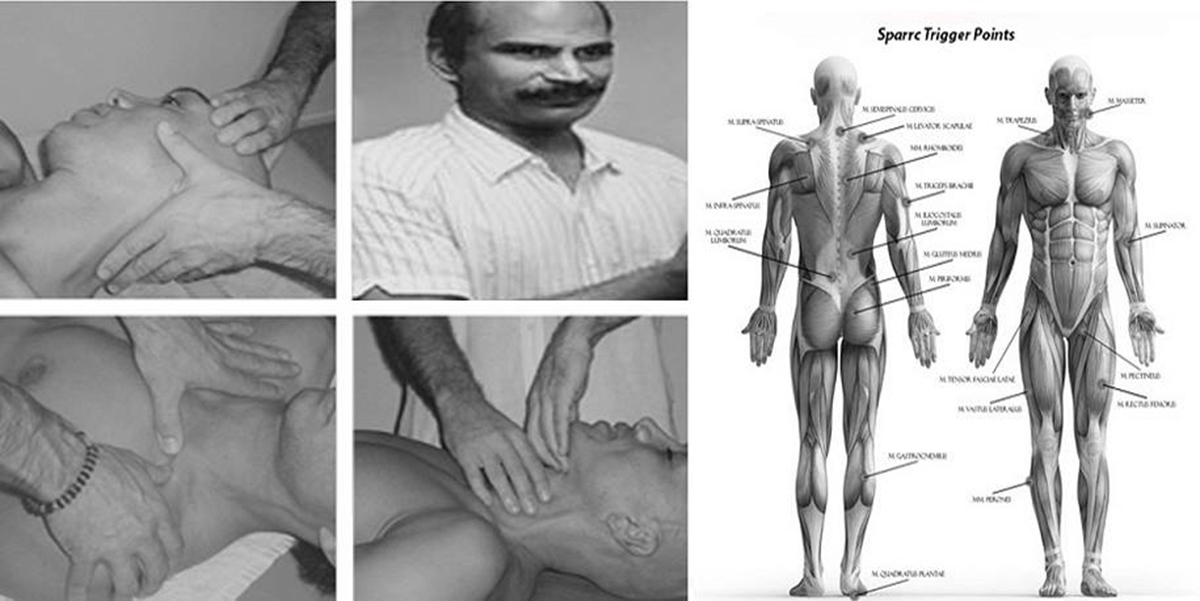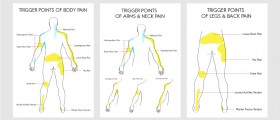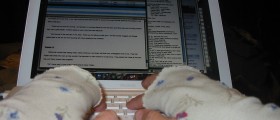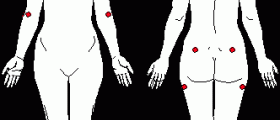
Fibromyalgia - Overview
Fibromyalgia is a medical condition which features with chronic and widespread pain. There is also increased and painful response to pressure. Still, the pain is not the only symptom in people suffering from fibromyalgia. They also complain about fatigue, problems with sleeping and sometimes stiffness of joints. Additional symptoms may include difficulty swallowing, bowel and bladder abnormalities and even cognitive dysfunction. Apart from being a condition on its own, fibromyalgia may accompany other psychiatric conditions such as depression and anxiety or even conditions such as rheumatoid arthritis and lupus.
Many people experience fatigue and suffer from the pain that affects various parts of their bodies. It may happen that even though they undergo numerous examinations and diagnostic tests the actual cause of these symptoms cannot be identified. If this occurs there is a great possibility that these people are actually suffering from fibromyalgia. Fibromyalgia may occur even though there is no evident cause. It can significantly affect patient's quality of life and interfere in every day activities. Fibromyalgia predominantly affects women and is more frequent in elderly people.
The diagnosis of fibromyalgia can be set only if the patient is suffering from widespread pain for at least three months and if there is a certain number of trigger points on patient's body. Minimum 11 out of 18 trigger point suggests that patient is actually suffering from fibromyalgia.
Location of Fibromyalgia Trigger Points
In majority of cases, the patients develop certain trigger points on the body. Even the slightest pressure onto these spots can result in intensive pain. These points are located all over the body. Still, there are 18 possible fibromyalgia trigger points.
The first 4 pairs of triggers points of fibromyalgia are located on the front side of the body while the rest can be found at the back. Two low cervical trigger points are situated at the anterior aspects of the inter transverse spaces at the level of the fifth, sixth and seventh cervical vertebrae. Just below these trigger points there is the second pair of trigger points. These trigger points are located close to insertion of the second rib. The third pair of trigger points is located 2 centimeter distal to the lateral epicondyle of the elbows. The next points are situated right in the middle of the knees.
Apart from these frontal trigger points the back trigger points include those located near the base of the skull, those which are situated at the trapesius muscle, the third pair which is on the supraspinatus, the fourth pair located right above the buttocks and finally, the last trigger points which are situated on the great trochanter.


-vs-Trigger-Points-(Myofascial-Pain-Syndrome)_f_280x120.jpg)














Your thoughts on this
Loading...